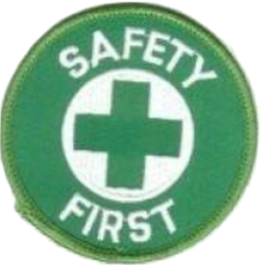By Phillip Russell
OSHA’s draft of the proposed standard is not publicly available, but OSHA has provided clues regarding the provisions that will likely be included.
As required, OSHA convened a Small Business Regulatory Enforcement Fairness Act (SBREFA) panel of small businesses to provide input on the impact of a heat illness prevention standard.
OSHA provided the panel with a range of regulatory options to consider. Those options included:
🌡 The standard will apply when temperatures hit a certain level. The triggers vary depending on how the temperature is measured (e.g., forecasted temperature, heat index, temperature measured at the work site), and could be as low as a forecasted heat index of 76°F.
👷♀️ Employers will be required to acclimatize workers by gradually exposing them to high temperatures to let their bodies adjust. The requirement could be a step-wise process where new workers and workers returning from an absence would be permitted to work 50 percent of a shift the first day, 60 percent the second day, etc. OSHA also proposed a more flexible process requiring supervisors to monitor new/returning workers closely and implement a “buddy system.”
👷♂️ Mandatory rest breaks would be required, and the duration and frequency of the breaks would increase when temperatures rise.
📓 Employees will have to be trained on the employer’s program, the signs and symptoms of heat stress, and how to respond when a coworker shows symptoms.
📃 Employers will likely be required to develop and implement a written program.
Some of these provisions may make it difficult for OSHA to craft a standard that will withstand a legal challenge. For example, OSHA must show that the standard addresses a “significant risk,” which will require data that employees exposed at the trigger temperatures identified by OSHA are at risk. This issue is complicated by the fact that exposure to high heat alone is typically not hazardous—workers must also be performing moderate or strenuous work that results in an inability to dissipate heat.
These factors may make it difficult for OSHA to prove that the standard effectively targets a significant risk. This is particularly true when temperature variables throughout the United States are considered. A temperature of 76°F may be a hazard in Maine or New Hampshire, but is it a hazard in Texas or Florida?
Employers may have difficulty complying with some of the provisions likely to be included. For example, a provision requiring workers who have been away from work for a week to be reacclimatized under the step-wise system described above would be difficult to administer and could result in the employer hiring replacement workers. Similarly, a mandatory break provision could discount the rest periods inherently built into the workday, such as time spent performing a job briefing, traveling to other worksites, or performing work that is not strenuous.
Stay tuned!
